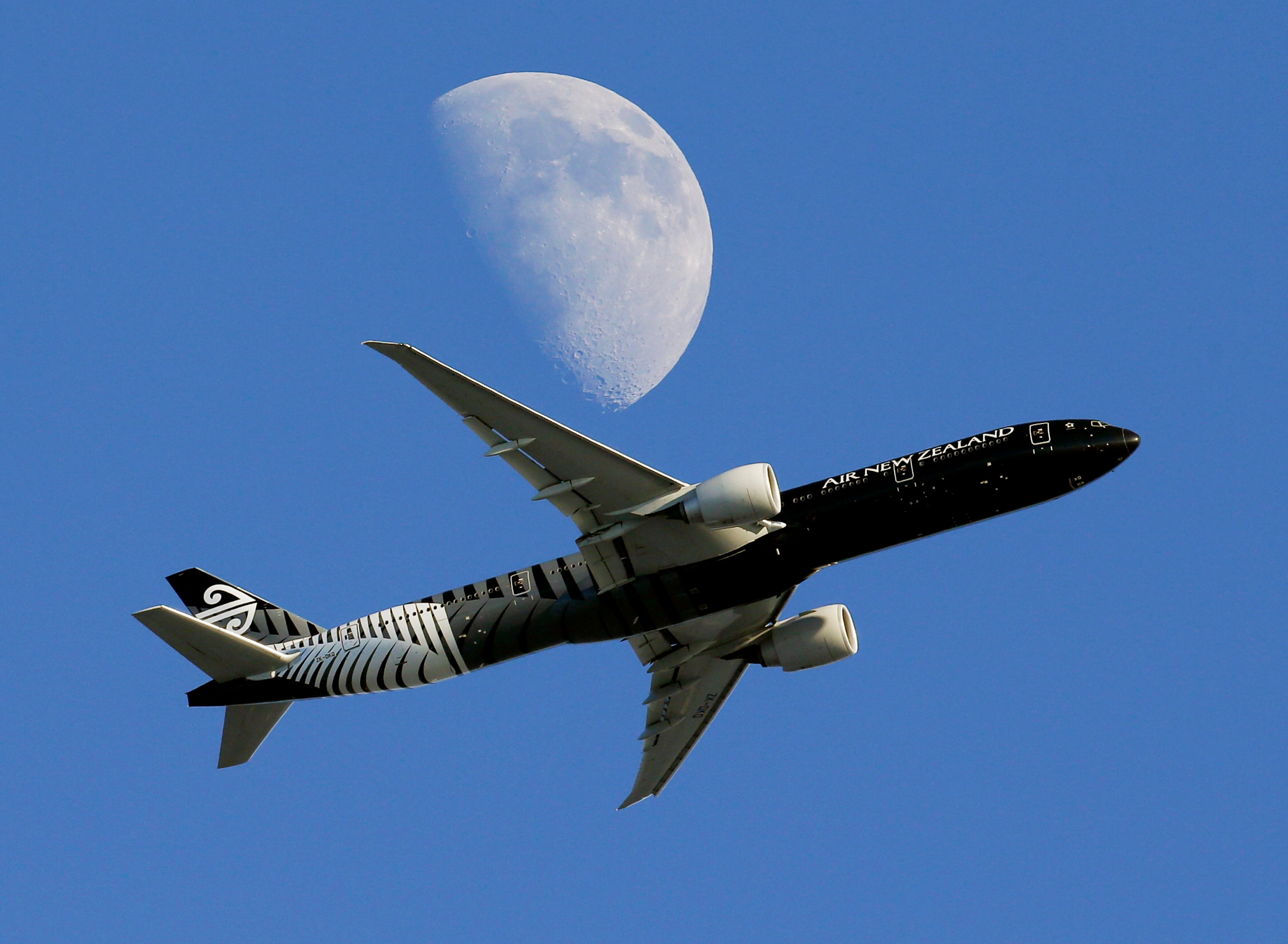Scientists want to put endangered animals on the Moon

Your support helps us to tell the story
From reproductive rights to climate change to Big Tech, The Independent is on the ground when the story is developing. Whether it's investigating the financials of Elon Musk's pro-Trump PAC or producing our latest documentary, 'The A Word', which shines a light on the American women fighting for reproductive rights, we know how important it is to parse out the facts from the messaging.
At such a critical moment in US history, we need reporters on the ground. Your donation allows us to keep sending journalists to speak to both sides of the story.
The Independent is trusted by Americans across the entire political spectrum. And unlike many other quality news outlets, we choose not to lock Americans out of our reporting and analysis with paywalls. We believe quality journalism should be available to everyone, paid for by those who can afford it.
Your support makes all the difference.Scientists have revealed an ambitious plan to put endangered animals on the Moon.
The storage facility would allow us to keep samples of the most at-risk animals species on Earth.
That would allow them to be kept without the risks posed on our own planet, the scientists claim.
That could be a way of keeping a long-lasting record of the animals that we might lose on Earth, the scientists suggest. They will be “cryopreserved” to keep them in a useful state.
In a new article, written by a team led by Mary Hagedorn of the Smithsonian’s National Zoo and Conservation Biology Institute, researchers envision a storage facility built on the lunar surface.
It would help to be situated in the regions near the Moon’s poles, which remain permanently in shadow. Temperatures there stay below -196 degrees Celsius, so that the facility would act something like a fridge.
That would allow the biological samples to be stored over the long-term, the researchers suggest.
Keeping it on the Moon would mean there would be no need for humans to intervene, or for a continual power source to keep the storage facility cool. Those are two of the main threats against any similar repository based on Earth.
What’s more, the facility would be safe from other dangers, such as natural disasters, climate change and geopolitical conflicts.
Initially, the facility could be used to keep samples of animal skin that include fibroblast cells. The team has already started planning how that would work with samples of the starry goby, a fish that will be used an example and test.
The researchers note that there are many challenges that could cause problems for the plan. They include safely getting the samples through space and to the Moon, keeping themefrom radiation, and bringing together countries and organisations across the world to build and then safeguard the facility.
But they note that action is needed despite those challenges, since “extinction threats that are accelerating faster than our ability to save these species in their natural environment”, as they write in the paper.
The proposal is suggested in a new paper, ‘Safeguarding earth’s biodiversity by creating a lunar biorepository’, published in the journal BioScience.
Join our commenting forum
Join thought-provoking conversations, follow other Independent readers and see their replies
Comments